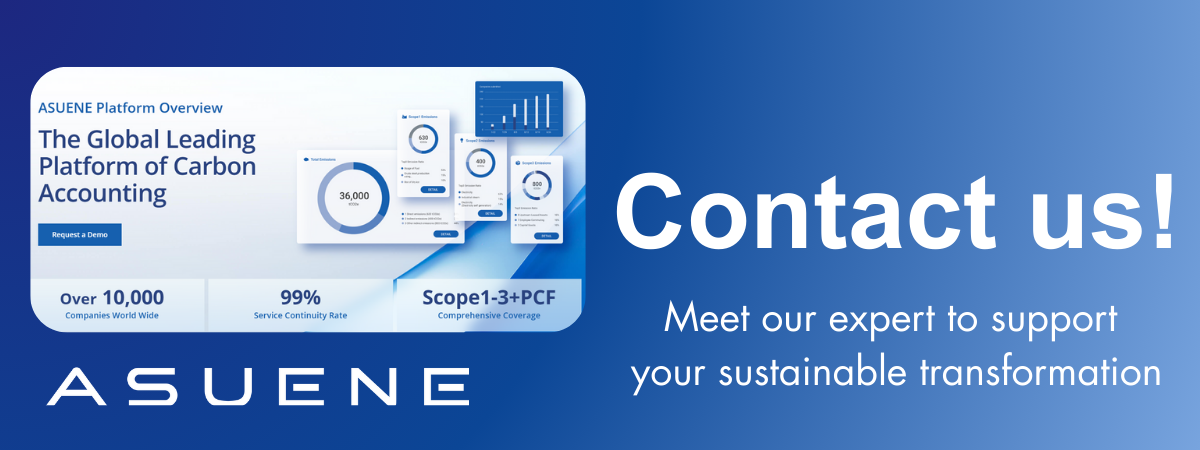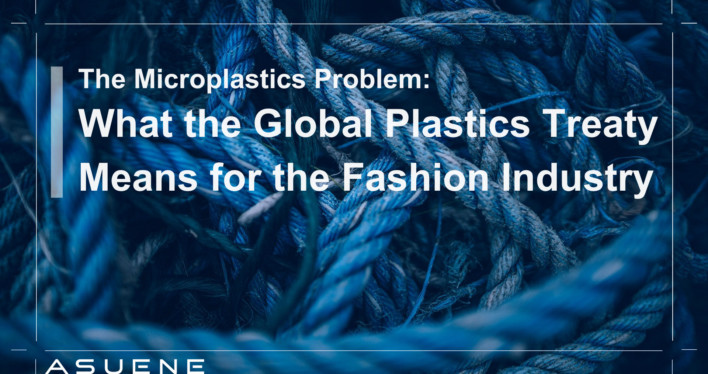- Article Summary
-
Introduction
The global fashion industry stands at a crossroads. For decades, synthetic fibers like polyester, nylon, and acrylic have powered fast fashion’s rise, offering cheap, versatile, and durable fabrics. Yet these same materials, derived from fossil fuels, are now at the center of a mounting environmental and public health crisis. Their biggest hidden cost is the release of microplastics—tiny particles that shed from textiles throughout their life cycle.
Microplastics are increasingly found in oceans, rivers, soil, and even human bloodstreams. According to the International Union for Conservation of Nature (IUCN), textiles contribute around 35% of the primary microplastics entering the world’s oceans each year, making fashion one of the top sources of pollution. It is estimated that a single wash load of synthetic clothing can release hundreds of thousands of microfibers, many of which evade wastewater filters and enter aquatic ecosystems¹. Once there, these particles are ingested by marine organisms, travel up the food chain, and ultimately end up on our plates.
As governments negotiate the terms of a global plastics treaty, the first legally binding agreement to tackle plastic pollution, fashion has come under scrutiny. The treaty aims to address plastics across their full life cycle, including production, use, and disposal. But with negotiations stalled by disagreements between fossil-fuel producing states and advocates of stricter production limits, questions remain: how much will fashion be forced to change, and how much voluntary action will be needed in the meantime?
The Microplastic Crisis in Fashion
Fashion’s environmental footprint is not limited to carbon emissions or water use—it is also a major driver of plastic leakage. Synthetic fibers now account for about 69% of all textile production worldwide, and this reliance is projected to grow in the coming decade. Polyester alone, derived from petroleum, is the dominant fiber, accounting for more than half of global textile output.
Every stage of a garment’s lifecycle produces plastic pollution. During manufacturing, cutting and weaving release fibers into factory wastewater. During consumer use, washing garments in household machines causes fibers to detach, with studies showing that up to 700,000 fibers can be released in a single 6-kg load. Disposal is no cleaner: synthetic garments that end up in landfills or incinerators either fragment into microplastics over time or release toxic byproducts into the air.
A study estimated that the apparel sector was responsible for 8.3 million tons of plastic leakage in a single year, equivalent to 14% of total plastic leakage across all industries. More troubling, these particles do not degrade in the environment. Instead, they accumulate and persist, traveling through waterways, soils, and even the atmosphere. Researchers have detected microplastics in Arctic snow, mountain peaks, and deep-ocean trenches, underscoring their far-reaching dispersal.
The health implications are equally alarming. Microplastics have been found in human lungs, placentas, and blood. While the long-term effects are still under investigation, scientists suspect links to inflammation, hormonal disruption, and cardiovascular risks. For fashion brands, this growing body of evidence translates into reputational risks, regulatory exposure, and mounting pressure from consumers demanding accountability.
The Global Plastics Treaty: Opportunities and Stalemates
In March 2022, 175 countries endorsed a United Nations resolution to draft a legally binding global plastics treaty by 2024, later extended to 2025 as negotiations dragged on. The treaty’s ambition is broad: to address plastics across their life cycle, from design and production to reuse and disposal. For the fashion industry, such a treaty could transform how synthetic fibers are produced, marketed, and disposed of.
Yet progress has been slow. Negotiations in Geneva in August 2025, part of the sixth Intergovernmental Negotiating Committee (INC-6), ended without consensus. A key sticking point was whether to cap global plastic production at its source or to focus only on waste management and recycling. Fossil fuel–producing nations, backed by petrochemical interests, resisted caps, instead favoring downstream solutions like recycling. Environmental advocates, along with the European Union, pushed for upstream production limits to prevent pollution before it begins.
For fashion, the outcome is critical. Without production caps, synthetic fibers will continue to flood markets unchecked. Recycling alone cannot solve the problem, since textile-to-textile recycling technology is still nascent and cannot handle the sheer volume of polyester garments produced annually. Moreover, recycled polyester is often made from plastic bottles, which diverts material away from closed-loop bottle recycling systems. Critics argue this is not true circularity, but rather a temporary greenwashing measure.
Industry observers note that while the treaty’s failure to reach consensus is a setback, it also galvanizes momentum elsewhere. Regional regulators, civil society groups, and forward-looking brands are pressing ahead with their own frameworks in the absence of global alignment. This patchwork approach may be messy, but it offers a testing ground for policies and innovations that could later be scaled under a finalized treaty.

Implications for Fashion and Strategic Pathways
The treaty impasse does not absolve fashion of responsibility. On the contrary, the sector faces intensifying scrutiny from regulators, investors, and consumers. Several strategies are already emerging that could help the industry address microplastic pollution, even before global rules are finalized.
- Corporate leadership and voluntary commitments: Some multinational companies, including apparel giants, are setting their own targets to reduce reliance on virgin polyester. For example, several leading brands have pledged to shift toward recycled or bio-based alternatives. While critics question the scalability of such moves, they set a precedent for industry-wide ambition.
- Regional regulation: The European Union has already enacted rules that directly affect fashion. The EU’s REACH regulation restricts intentionally added microplastics. France has gone further, mandating microfiber filters in all new washing machines by 2025, a measure expected to prevent billions of fibers from entering the environment.
- Material innovation: Designers are turning to natural and low-impact alternatives. Organic cotton, hemp, flax, and regenerative wool are experiencing renewed interest, as they biodegrade naturally without leaving microplastic traces. Emerging technologies include lab-grown cellulose fibers and algae-based textiles, though these remain costly at scale.
- Consumer engagement: Brands are educating consumers about garment care to minimize microfiber release. Simple steps like using washing bags or reducing washing frequency can cut fiber shedding. Consumer awareness campaigns are also gaining traction, particularly among younger demographics demanding transparency.
- Investment in recycling infrastructure: While imperfect, textile-to-textile recycling is advancing. Chemical recycling methods, capable of breaking down polyester to its base monomers, offer potential for closed-loop systems. However, high costs and limited capacity remain barriers. Partnerships between brands, recyclers, and governments are crucial to scaling these technologies.
The table below summarizes pathways and their potential impact:
Strategic interventions in fashion’s microplastic challenge (blue theme suggested for final design).
| Strategy | Example Regulation/Action | Potential Impact on Microplastics |
|---|---|---|
| Microfiber filters in machines | France 2025 mandate | High – prevents fiber leakage at source |
| Material innovation | Algae-based textiles, organic cotton | Medium – reduces reliance on synthetics |
| Recycling systems | Chemical polyester recycling pilots | Medium – limited by scale today |
| Consumer engagement | Washing bags, awareness campaigns | Low to Medium – depends on adoption |
These initiatives show that fashion need not wait for a treaty to act. In fact, proactive moves may future-proof businesses against regulatory shocks and align with growing investor expectations for sustainable governance.
Conclusion
The microplastic problem in fashion illustrates the deep entanglement between fast fashion’s economic model and planetary health. With synthetic fibers dominating textile production, fashion has become a leading source of plastic pollution, releasing millions of tons of fibers annually into the environment. The Global Plastics Treaty promised a unified solution, but political deadlock has delayed meaningful action.
This leaves fashion at a pivotal juncture. Industry players must recognize that voluntary measures, regional regulations, and innovation are no longer optional, they are essential for survival in an era of rising environmental accountability. Consumers, regulators, and investors alike are watching closely, and reputational risks loom for those who fail to act.
Ultimately, the path forward is clear: a systemic shift away from fossil-fuel dependence in textiles, investments in circularity, and adoption of transparent, science-based strategies to curb microplastic emissions. While the treaty’s future remains uncertain, fashion’s responsibility is not. By embracing leadership and innovation now, the industry can turn one of its greatest environmental liabilities into an opportunity for global transformation.
Why Work with ASUENE Inc.?
Asuene is a key player in carbon accounting, offering a comprehensive platform that measures, reduces, and reports emissions. Asuene serves over 10,000 clients worldwide, providing an all-in-one solution that integrates GHG accounting, ESG supply chain management, a Carbon Credit exchange platform, and third-party verification.
ASUENE supports companies in achieving net-zero goals through advanced technology, consulting services, and an extensive network.


